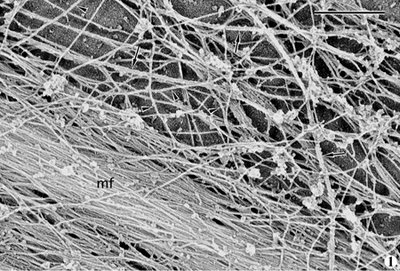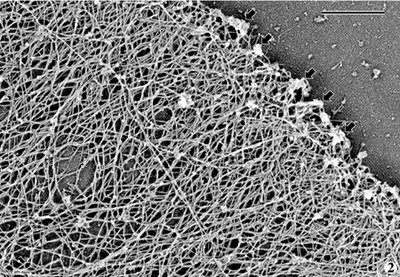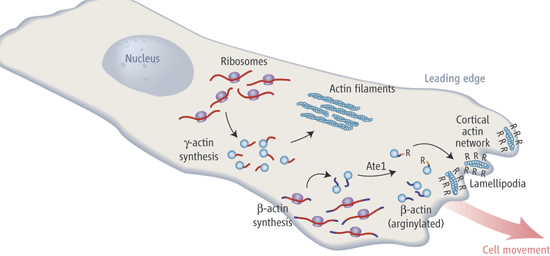Protein folding is coupled to mRNA stability ... across a membrane
Yes this is the surprising
OK on to the HARDCORE cell biology ...
Remember under UPR conditions cells want to stop translating ER targeted proteins and instead synthesize chaperones and ERAD components. UPR inhibits translation through PERK (see the post on UPR) but what happens to the mRNA that encodes ER targeted proteins? Well it turns out that several of these mRNAs get degraded. This mRNA destruction requires IRE1 but not XBP1. If targeting of the mRNAs to the ER is disrupted, the mRNAs evade the UPR activated destruction.
So the question is why are certain ER targeted mRNAs destroyed (like those that encode plasma membrane or secreted proteins) while not others (like mRNAs that encode ERAD components)?
Well it could either be the mRNA that has a special code that makes it susceptible to UPR degradation, or the translational product may trigger the destruction of the mRNA.
To test the second idea, the Weissman group incorporate either a single, double or triple nucleotide insertion into the mRNA. Remember that a trinucleotide specifies an amino acid ... in the case of a single or double nucleotide insertion, the reading frame of every downstream trinucleotide is altered resulting in a completely different translational product. If a trinucleotide is inserted, the reading frame is conserved and all you've done is add an extra amino acid to your translational product. Well what they found was that when you altered the translational product, you abolished the mRNA's susceptibility to UPR mediated degradation. Yes the protein specifies the stability of the mRNA. The implication is that if a protein doesn't fold correctly as it is being translated and translocated into the ER, it targets the destruction of it's mRNA. But for the protein to direct the cleavage of the very mRNA it is coming from you would have to build a model where mRNA translation, translocation, and IRE1 dircted cleavage should all be happening at the same time (or in cis). Incredible! The model is nicely summarized in this figure from a David Ron review:

(click here for a larger version.)
One weird thing. By introducing a frame shift (i.e. insertion of 1-2 nucleotides in the coding region), the Weissman group transformed a natural protein into "junk" protein. This "junk" should have MORE problems folding than the original product, SO WHY IS IT NOT PROMOTING UPR MEDIATED mRNA DEGRADATION? (Very weird.)
This is a big finding, and there are some obvious experiments that could be done to give some more confidence to the model.
1) Alter an mRNA that isn't subjected to UPR mediated mRNA decay by adding a frame shift. The new mRNA will then encode "junk protein" that should have problems folding. By the new model, this new mRNA should be sensitive to UPR.
2) Test whether the mRNA destruction really operates in cis. This can be done by coexpressing two mRNAs, one with a frame shift and one without. If the expression of the frame shifted mRNA affects the stability of the unaltered mRNA then this process does not operate in cis (and hence in trans).
Overall a cool story.
Ref:
Julie Hollien and Jonathan S. Weissman
Decay of Endoplasmic Reticulum-Localized mRNAs During the Unfolded Protein Response
Science (2006) 313:104-107





